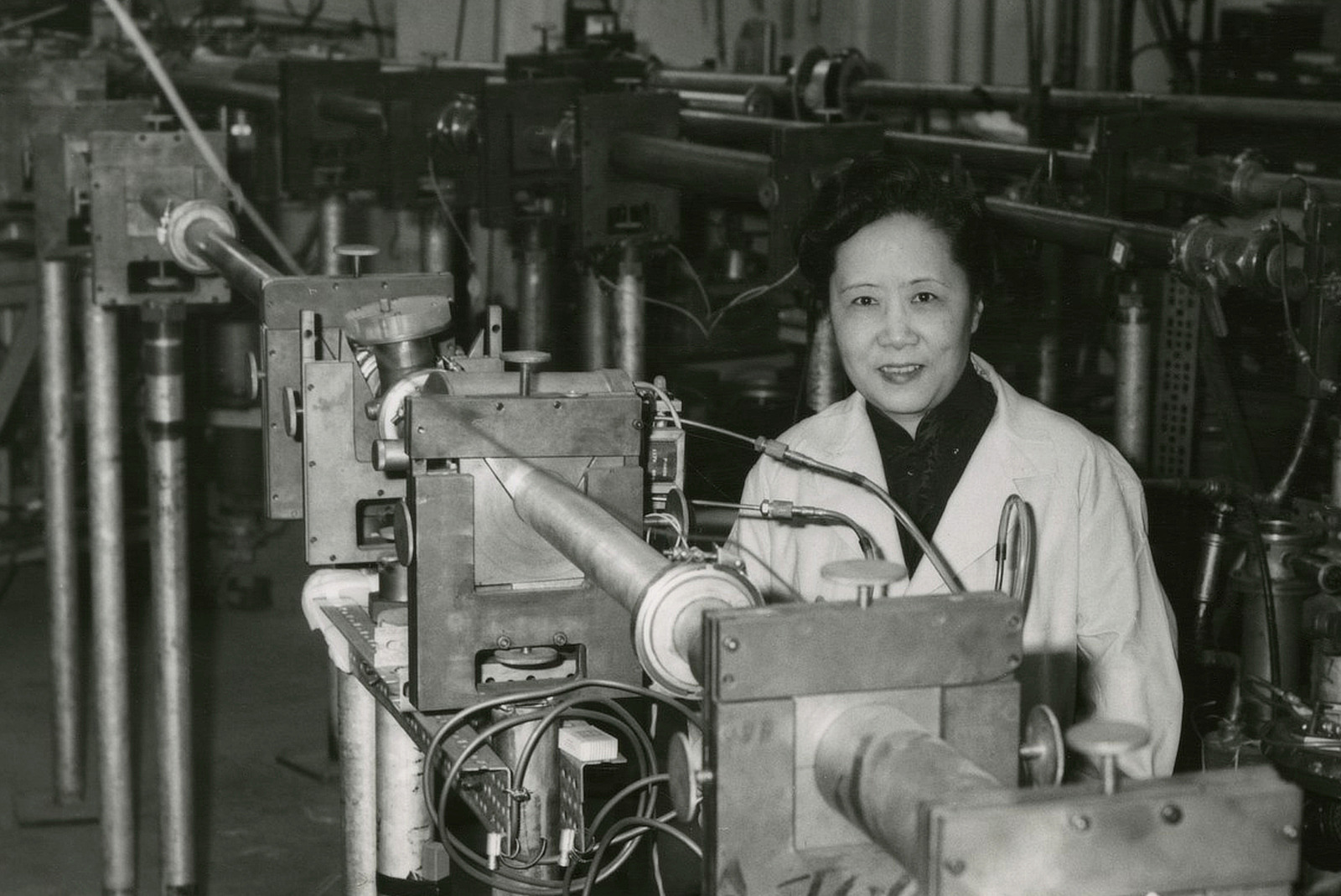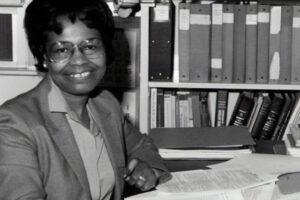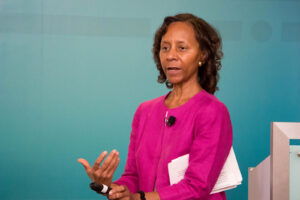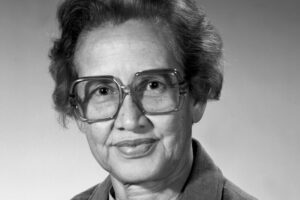Born in 1912 in Shanghai, China, Dr. Chien-Shiung Wu was a leader and pioneer in theoretical physics. Her many contributions continue to be integral to physicists in the modern-day. As a Chinese American physicist who contributed directly to the Manhattan Project, Chien-Shiung’s expertise and knowledge are a vital part of global scientific history. As part of our series exploring the contributions of Asian Pacific American women, we’re shining a spotlight on these accomplishments. We aim to honor the skilled STEM specialists for the incredible work they achieved in their lifetimes.

How it started
Chien-Shiung started her life in a small fishing town north of Shanghai, China. Unlike many of the girls in her area, she was provided with the opportunity to attend a school. Her school was founded by her father, a firm advocate for education for girls. By 1934, a young Chien-Shiung graduated top of the class from National Central University in Nanjing, China, working in a physics lab alongside her mentor, Dr. Jing-Wei Gu, another skilled woman in the STEM field.
Pursuing physics abroad
With encouragement from her mentor and financial support from her uncle, Chien-Shiung traveled by ship to San Francisco, furthering her education at the University of California Berkeley in 1936. During her time in education, her academic advisor, Ernest Lawrence, received a Nobel Prize award for his contributions to physics. This acknowledgment further spurred Chien-Shiung’s Drive to achieve incredible things in her field.
In 1940, the Ph.D. student graduated from education. In 1942, she married Luke Chia-Liu Yuan, a fellow graduate from the same school. While World War II prevented the couple’s family from attending their wedding, the newlyweds forged their own path. Dr. Wu found a position as the first woman hired as faculty in the Princeton University Physics department. Shortly after this accomplishment, Chien-Shiung moved to Columbia University in New York. This move led to her joining the now world-famous Manhattan Project.
Contributions to the Manhattan Project
In 1944, Dr. Wu became an official contributor to the Manhattan Project, one of the most famous scientific advancements in recent history. Her research in the Substitute Alloy Materials (SAM) Lab at Columbia University focused on radiation detectors. One of her key studies led to the development of improved Geiger counters to measure radiation levels.
Chien-Shiung’s contributions and expertise also allowed her to contribute to investigations into the B reactor at Hanford. She helped to identify xenon-135 poisoning alongside other trained specialists. Following the war, where communication with her family was restored, Dr. Wu was advised by her father not to return during the Chinese Civil War. Instead, she remained in the US, becoming a US citizen in 1954. She also had a son with Luke in 1947, who would become a nuclear scientist many years later.
Advancements in atomic science
After World War II ended and the Manhattan Project concluded, Dr. Wu continued her breakthrough scientific research at Columbia University. She achieved a position as a full professor. One of her most crucial research areas was confirmation of the theory of beta decay written by Enrico Fermi in 1933. This study involved identifying how radioactive atoms become less radioactive and more stable over time.
In 1956, Chien-Shiung was approached by physicists Tsung-Dao Lee and Chen Ning Yang from Columbia and Princeton to contribute to their studies. This contribution was an experiment to confirm if conservation of parity did not apply during beta decay. Dr. Wu conducted her experiment at the National Bureau of Standards in Washington, DC. Results were achieved by placing cobalt-60, a radioactive form of cobalt, into an electromagnetic field while remaining near absolute zero temperatures. Now known as the Wu Experiment, this test confirmed Lee and Yang’s theory. However, despite her contribution, she was not included in the Nobel Prize in Physics awarded to the scientists.
Awards and recognition
Despite her lack of recognition for the Nobel Prize, Dr. Wu continued to be an influential and celebrated leader in physics. Her key honors include election to the National Academy of Sciences in 1958, the Comstock Prize in Physics from the same institution, and the Wolf Prize in Physics in 1978. Chien-Shiung was also the first woman president of the American Physical Society in 1975 and had an asteroid named in her honor in 1990.
Dr. Chien-Shiung Wu’s legacy is impressive and hugely influential to modern physicists today. Like other pioneers in STEM, she faced significant challenges to achieve her goal and make her mark. Take a look at our other posts honoring Asian Pacific American Women to learn more about the lesser-known heroes that made modern STEM what it is today.



